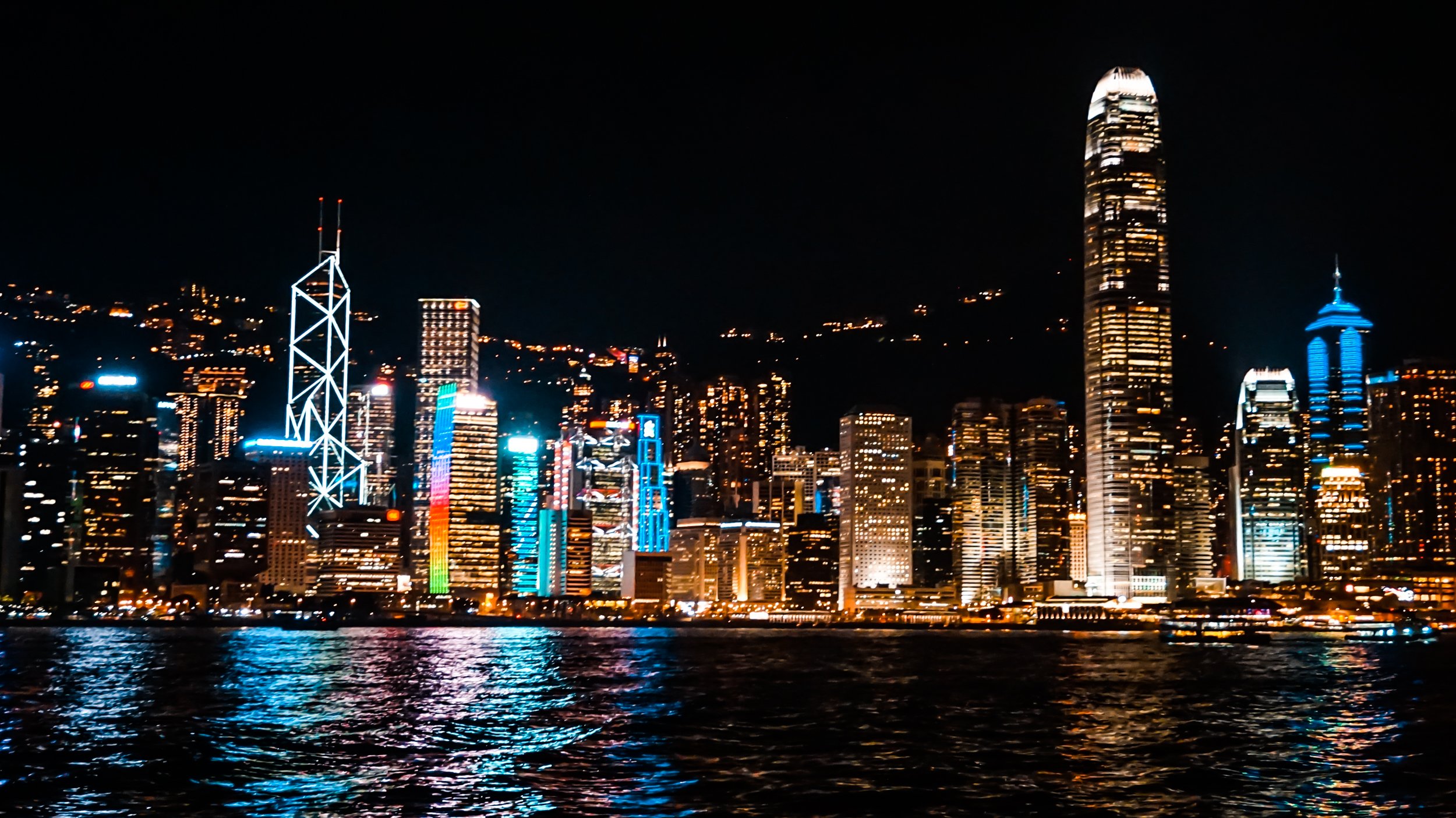
As mentioned in our previous travelogs, we make it a point to visit iconic architecture may it be old or new. Due to our backgrounds (architecture/interior design), we make sure that visiting one is on our bucket list. And one of the structures on our list is the Bank of China.
After treading through underground passageways, passing through a park, we finally saw one of Hong Kong's iconic structures designed by the Pritzker Prize-winning architect, I. M. Pei. This recognizable skyscraper is the Bank Of China which is situated at Central, Hong Kong along main and elevated roadways. It was the tallest building in Hong Kong from 1989 to 1992.
It felt so surreal seeing one of I. M. Pei's famous works in Asia which changed Hong Kong's skyline from the moment it was constructed (same year the Louver Museum Glass Pyramid in Paris he designed was completed).
It was the high time of modernism during the period this building was constructed.
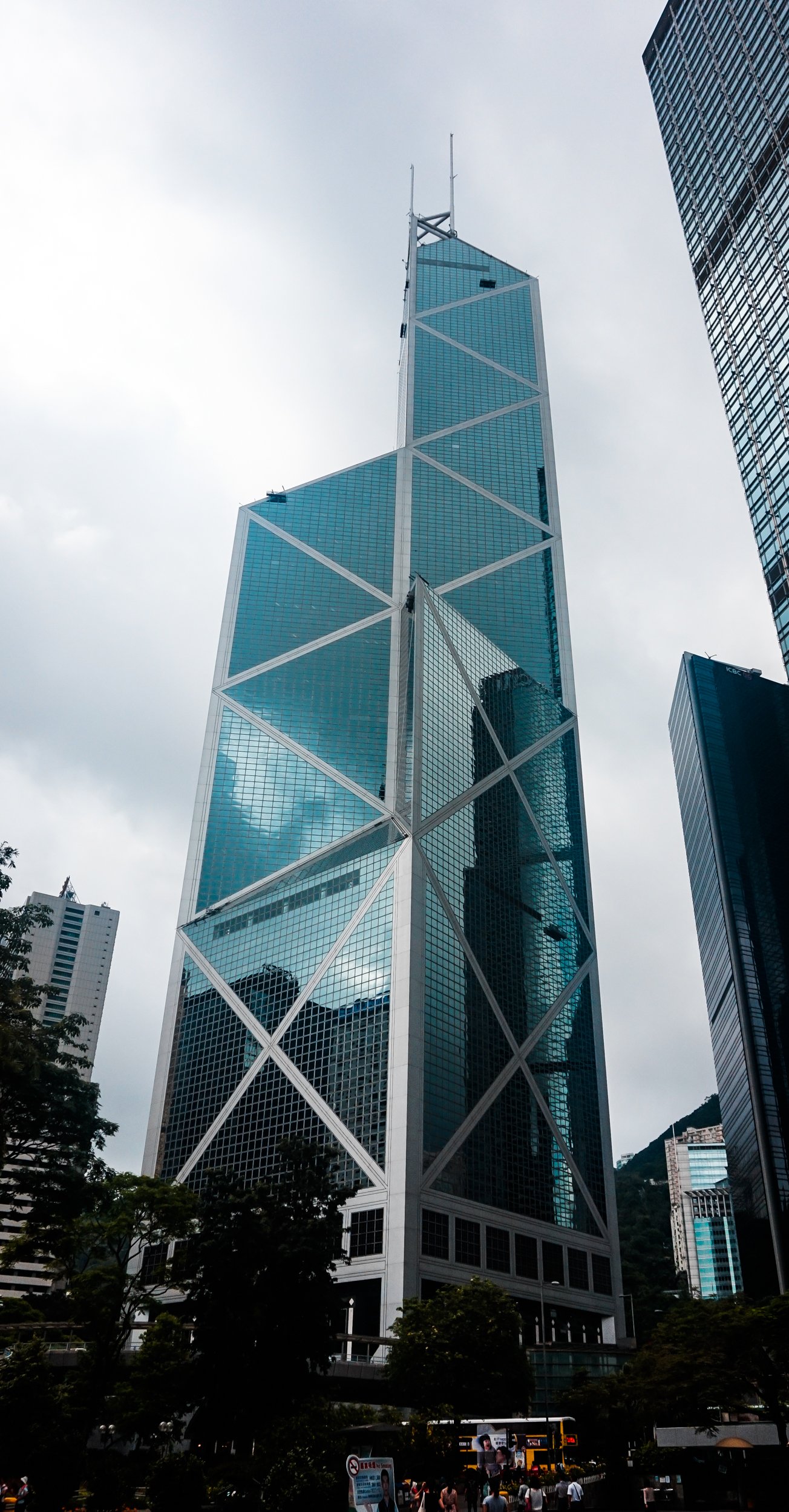
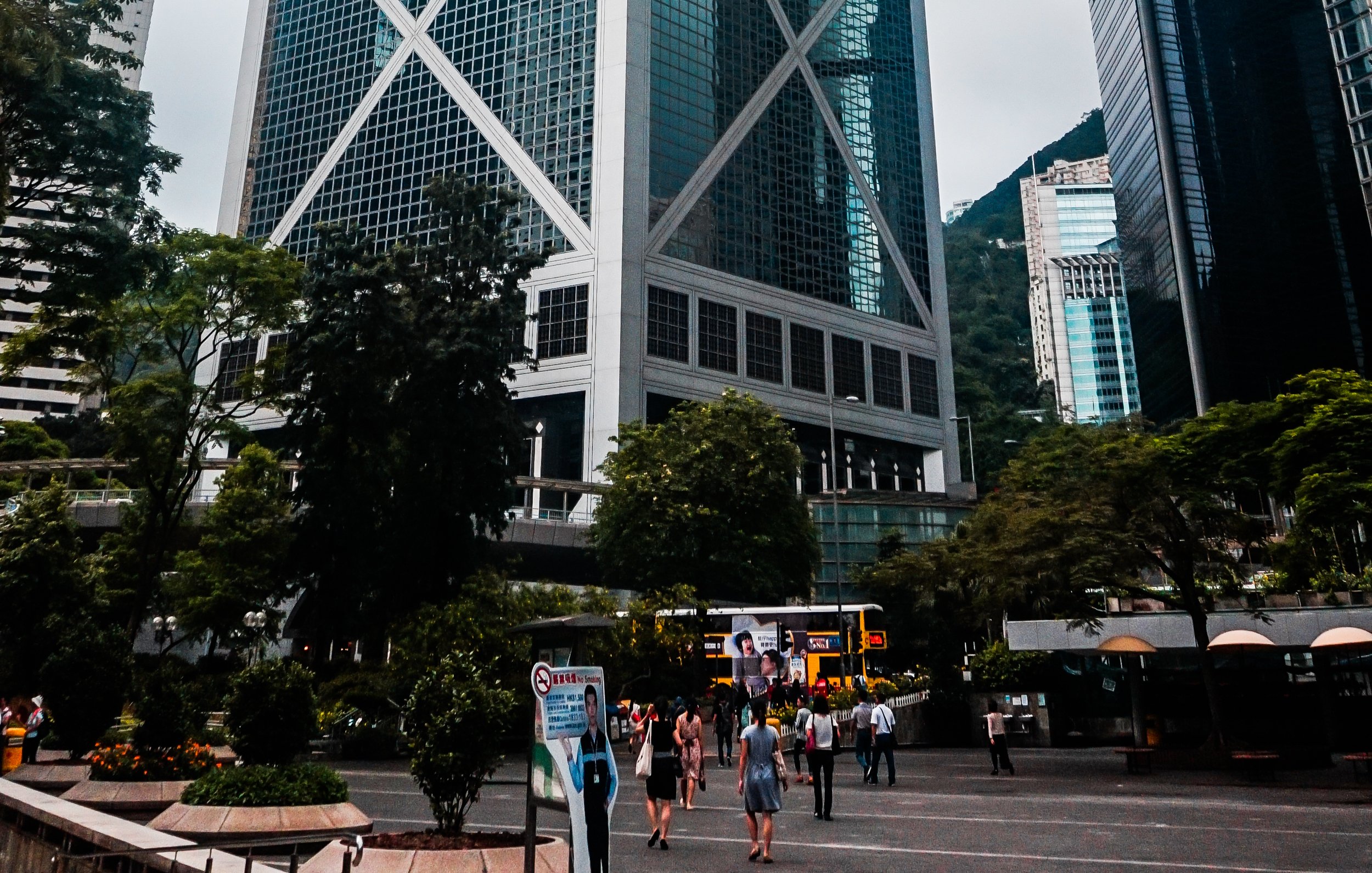
Despite the site challenges and overall budget, I was impressed by his architectural solution to make it iconic. Considering that the building site was not restricted by height limit, and was out of the flypath of a nearby airport, he decided to design a tall structure to make it stand out compared to most prestigious buildings in Hong Kong that time, with a panoramic view of Victoria Harbour and beyond.
The building is comprised of 4 vertical shafts, where each prism has different heights. One of the building design's significant inspiration is that of a bamboo plant, where its trunk represents the growth patterns of a bamboo.
Its design was faced with many criticisms and was a subject of controversy. One of which is the negative symbolism by numerous 'X' shapes at its facade according to some feng sui practitioners. In traditional Chinese culture, an "X" was used to cross out the name of someone who is going to be executed; a symbol associated with death. All of which was not intentional. So he made some changes on the building's facade.
The building's profile is also described as a meat cleaver on some of its angles, resulting to its locals calling it "One Knife" (一把刀).
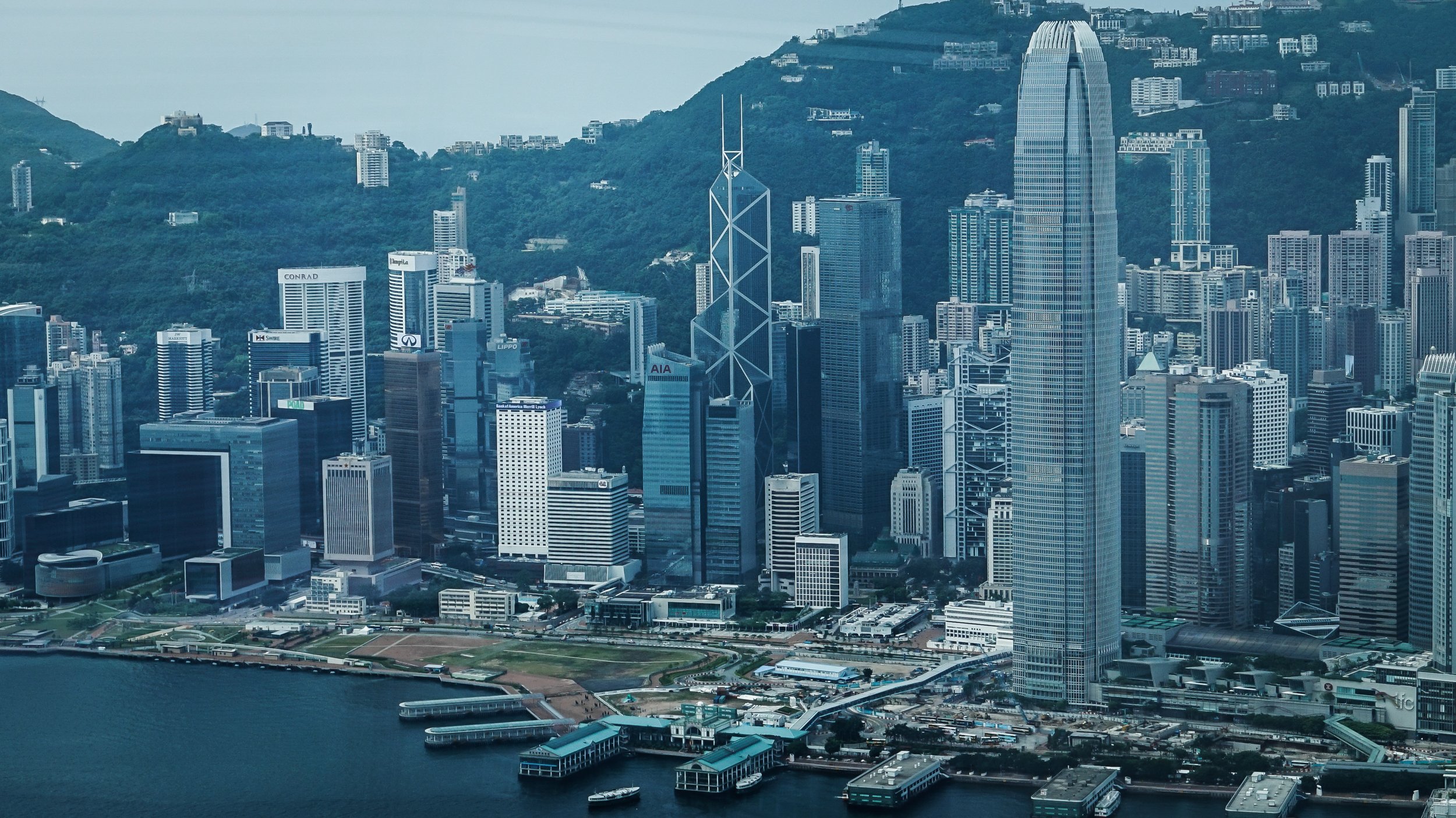
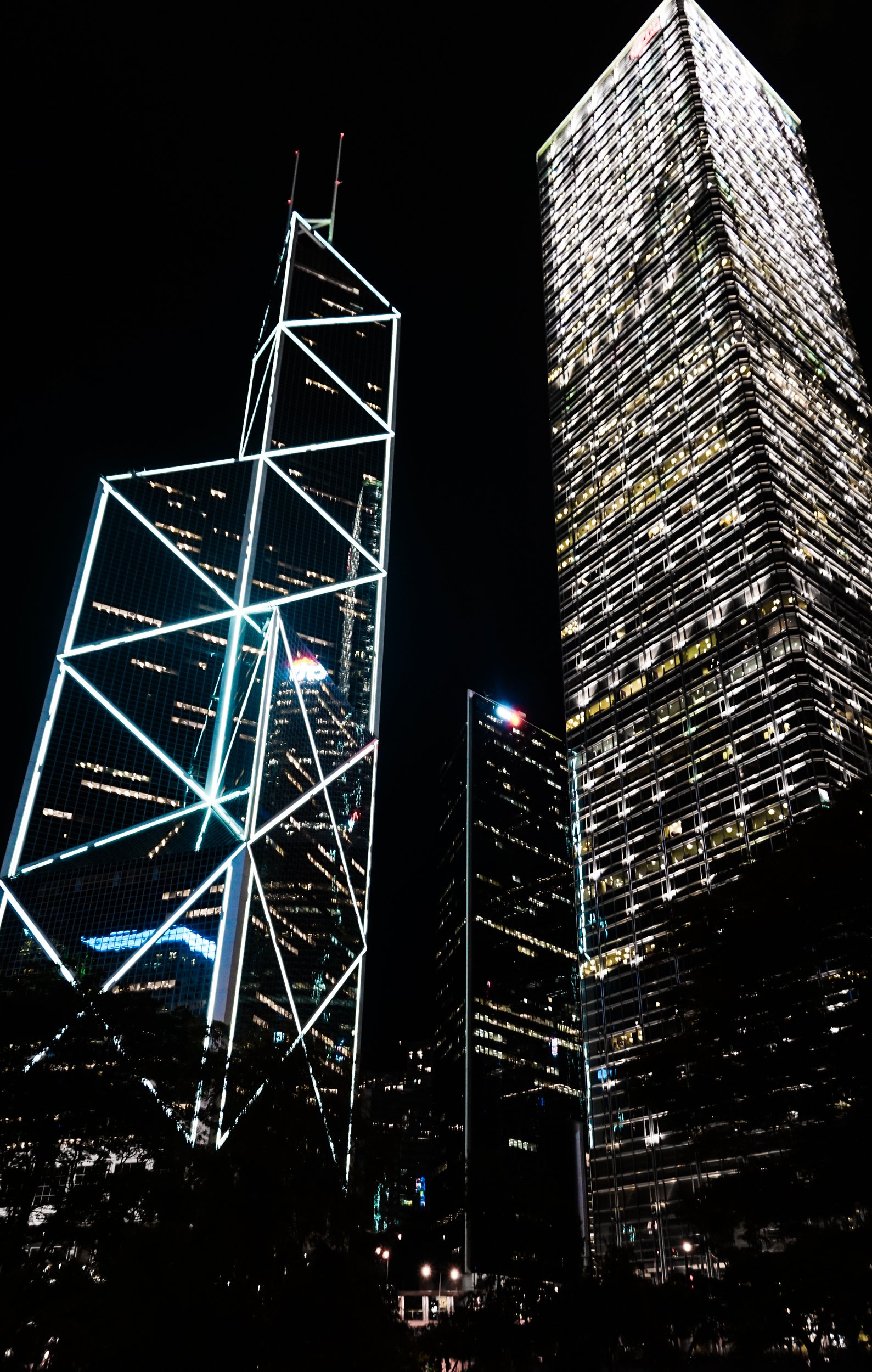
As we look back on our visit and as we recall all the history behind this iconic structure, it feels so sureal to have been able to see this innovative skyscraper by I. M. Pei.☺
Have you seen our previous travelogs? ♥

